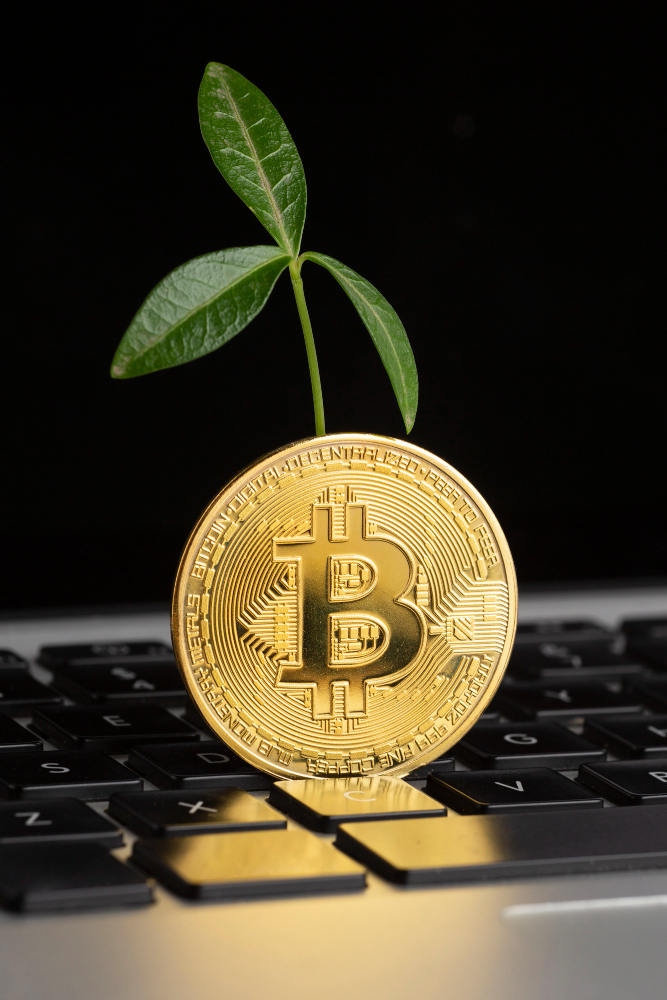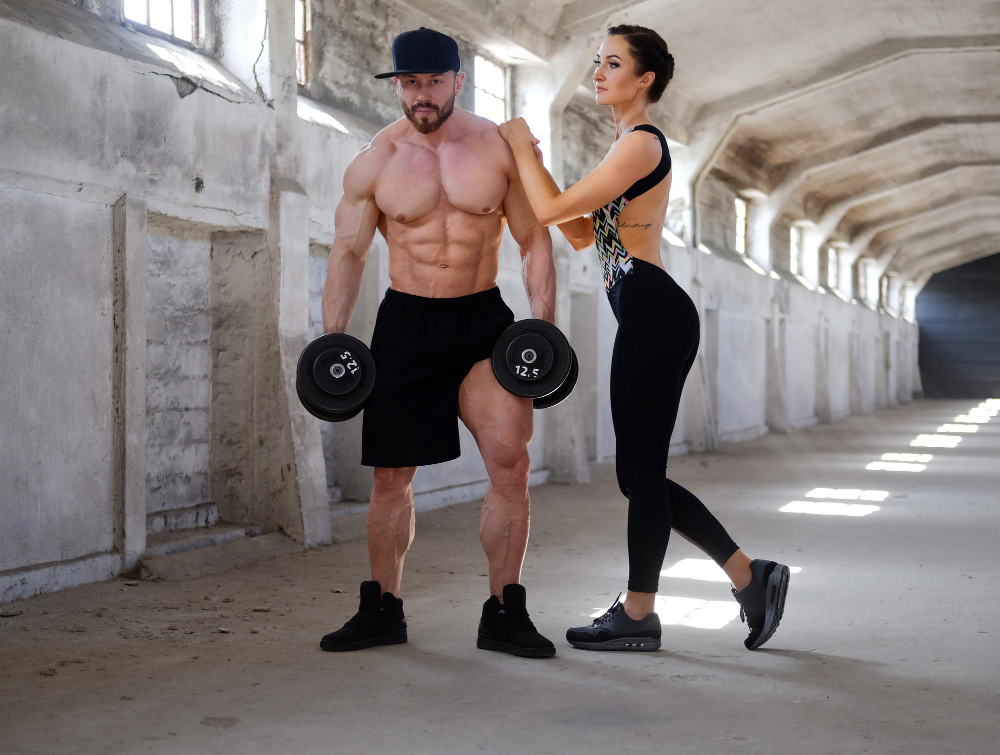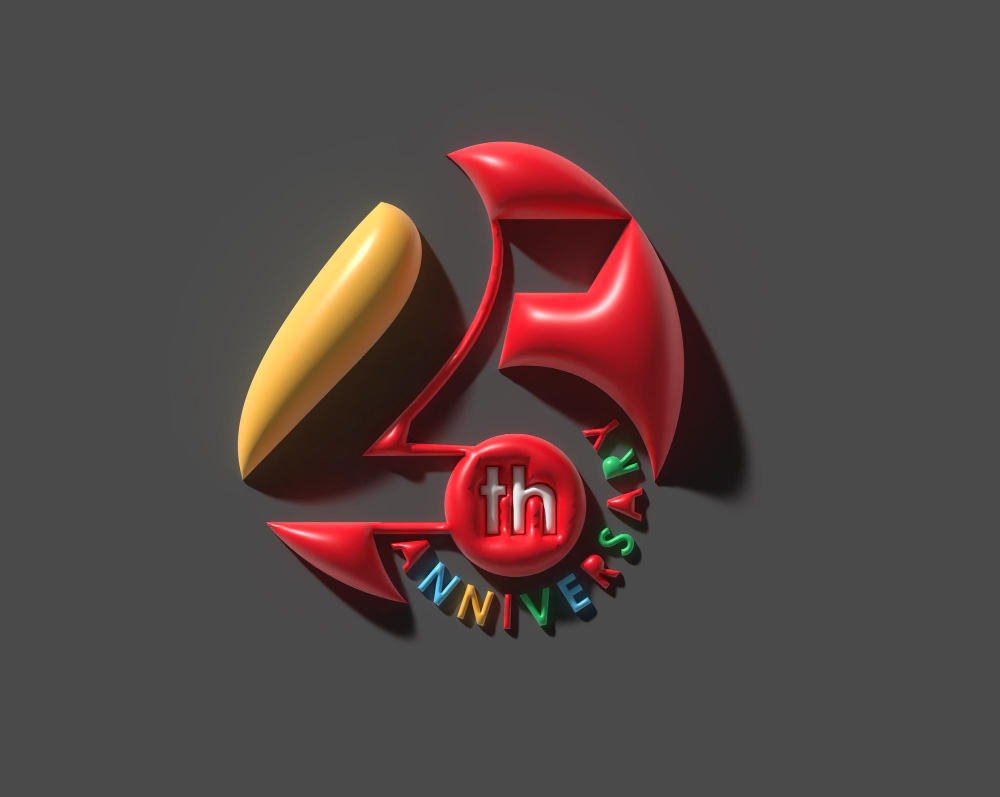You’ve seen it. Scrolling through the endless scroll of Twitter, TikTok, or Instagram, sandwiched between a cat video and a vacation photo, a post stops you cold. It’s a selfie with puffy eyes, a picture of a messy room, or just a text-only scream into the void. The caption, often in the lowercase lingua franca of the internet, reads: “this_btch_wanna_die.”
It’s jarring. The flippant “this btch”—a self-referential joke—collides violently with the gravity of “wanna die.” We’re conditioned to keep scrolling, to like it with a sad-face emoji, or maybe to reply with “mood” or “same.” It’s become a meme, a shared cultural shorthand for a really, really bad day.
But what happens when the meme isn’t funny anymore? What happens when the sentiment behind those three words is not a fleeting mood, but a deep, resonant, and persistent truth?
This post is for the person behind the post. For the “bitch” who feels like she (or he, or they) wants to die. This is an attempt to pull that phrase out of the digital ether and look at it under a stark, honest light. It’s an exploration of the cry for help disguised as a joke, and a roadmap toward the hope that feels so impossibly far away.
Deconstructing the Digital Scream
First, let’s break down why this phrase is so pervasive.
- The Armor of Irony: In an online world that rewards wit and detachment, irony is a powerful shield. Saying “this btch wanna die” is less vulnerable than saying “I am in unbearable emotional pain and see no way out.” The former can be dismissed as a joke; the latter is a raw admission of suffering that requires a compassionate response—something we’re often terrified to ask for. It’s a way of testing the waters: “I’m showing you my pain, but I’ll make it easy for you to ignore if you need to.”
- The Third-Person Distancing: Referring to yourself as “this bitch” creates a psychological separation. It’s not you, the complex human with a history and a future, who wants to die. It’s this character—this tired, messy, overwhelmed version of you that’s having the feeling. This distancing can make the thought feel less real, less terrifying, and more manageable to express.
- A Cry for Connection: Every post, at its core, is a bid for connection. A post that says “I’m thriving!” seeks validation. A post that says “this_btch_wanna_die” is a desperate, albeit cloaked, plea for someone to see through the facade. It’s a hope that someone will reply, “Hey, me too,” or, more importantly, “Hey, are you okay? I’m here.” It’s the digital equivalent of whispering “help” in a crowded room, hoping someone will have the courage to stop and listen.
When the “Mood” Becomes a Reality
The danger of this phrase becoming a meme is that it can trivialize genuine suicidal ideation. We throw it around after a failed exam, a bad breakup, or a stressful day at work. But for some, the feeling doesn’t pass when the circumstance improves.
The “wanna die” feeling is often not a literal wish for cessation, but a desperate desire for the pain to stop. It’s the feeling of being a caged animal with no exit. It’s the overwhelming fatigue of carrying a weight that never gets lighter. It’s the belief, with every fiber of your being, that you are a burden, that you are broken beyond repair, and that the world would be objectively better off without you in it.
This is the point where the internet slang crashes into a clinical, life-threatening reality. This is depression. This is anxiety. This is trauma. This is the human psyche under more pressure than it can bear.
If you see yourself in this description—if the “mood” has overstayed its welcome and has taken up permanent residence in your mind—it is crucial to recognize the shift. The casual thought has become a persistent one. The joke is no longer a joke.
So, What Now? A Guide for the “Bitch” Who Wants to Live
If you’re reading this and you’re the one who posted, or thought about posting, “this_btch_wanna_die,” this section is for you. Moving from that dark place is not about flipping a switch. It’s a slow, arduous, and often non-linear process of rebuilding. Here are some steps, not as a cure, but as a starting point.
1. Acknowledge the Pain Without Judgment.
The first step is to stop telling yourself you’re being dramatic. Your pain is real. It is valid. It doesn’t matter if someone else “has it worse.” A broken arm hurts even if the person next to you has two broken arms. Sit with the feeling. Say to yourself, without the “this bitch” filter: “I am in pain. I am suffering. This is incredibly hard.” Grant yourself the grace of acknowledging your own struggle.
2. Tell One Person. For Real.
The digital cry for help is a start, but it’s a scattergun approach. The next, braver step is to be direct with one single, trusted human being. This is terrifying. The vulnerability is staggering. But it is the most powerful antidote to the isolation that fuels these feelings.
You don’t have to have a perfect speech. You can text them this article. You can say, “I’m not okay, and I’m scared.” You can call them and just cry. Choose someone who has earned the right to hear your story—a friend, a family member, a teacher, a mentor. Let one person in. The weight does not get lighter, but you now have someone to help you carry it.
3. Seek Professional Help. This is Non-Negotiable.
Talking to a friend is crucial, but it is not a substitute for professional help. A therapist or counselor is a trained guide for the wilderness of your own mind. They are not there to judge you or to simply tell you to “cheer up.” They provide you with tools:
- Cognitive Behavioral Therapy (CBT): Helps you identify and challenge the distorted thought patterns (like “I am a burden” or “Nothing will ever get better”) that keep you trapped.
- Dialectical Behavior Therapy (DBT): Provides skills for managing overwhelming emotions and tolerating distress without making the situation worse.
- Medication: For many, therapy combined with medication (like antidepressants) is what corrects a chemical imbalance in the brain. There is no more shame in taking medication for a sick brain than there is for taking insulin for a sick pancreas.
Asking for help is not a sign of weakness; it is the ultimate act of strength. It is you choosing to fight for yourself.
4. Find Your “Ands” in a World of “Buts.”
Depression thrives in black-and-white thinking. “My life is terrible AND I want to die.” The work is to start introducing “ands” that challenge that narrative. It doesn’t erase the pain, but it builds a parallel track of reality.
- “I feel hopeless AND the sun is warm on my skin.”
- “I believe I am a burden AND my dog is really happy to see me.”
- “I see no future for myself AND this cup of tea tastes good.”
These are small, seemingly insignificant observations. But they are cracks of light under a heavy door. They are evidence that not every single thing is terrible, even when it feels that way.
5. Perform Basic Maintenance.
When you’re in this place, grand gestures are impossible. Forget “finding your passion” or “changing your life.” Focus on the micro.
- Hydrate: Drink a glass of water.
- Nourish: Eat one piece of whole food—a banana, a slice of bread.
- Move: Walk to the end of your street and back. Just for one minute.
- Clean: Wash one dish. Throw away one piece of trash from your floor.
Each tiny act is a message to your brain: “I am still here. I am still caring for this body, even when my mind is at war.”
A Note to the Person Seeing the Post
If your friend posts “this_btch_wanna_die,” don’t just scroll by. Don’t just reply “mood.” Be the person who DMs them. Say, “Hey, I saw your post. That sounds really heavy. I’m here to listen if you want to talk.” You don’t need to have the answers. You just need to have the courage to show up. You could be the thread they hold onto.
The Light Is a Choice You Make, Again and Again
Choosing to live, when every part of you is screaming to give up, is the hardest, bravest thing you will ever do. It’s a choice you have to make moment by moment, day by day.
The sentiment behind “this_btch_wanna_die” is a real and valid reflection of profound pain. But it doesn’t have to be the end of your story. It can be the brutal, honest beginning of a journey back to yourself.









